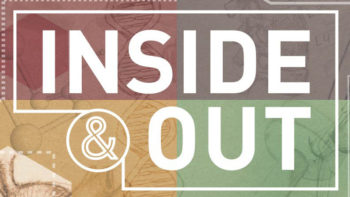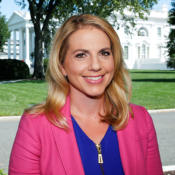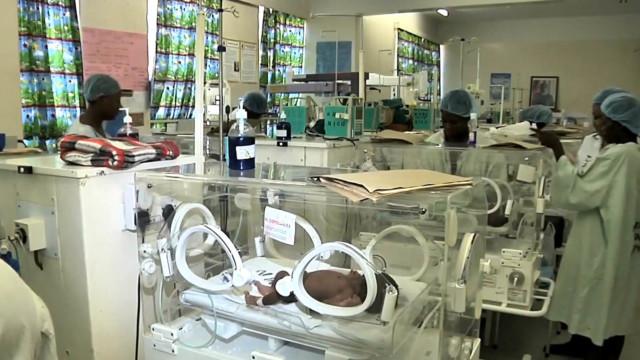Mothers are at risk during before and after child birth. Last September, the United Nations set new targets to keep more moms and newborn babies alive.

In the next 14 years, they want to reduce maternal deaths to fewer than 70 per 100,000 live births and cut newborn deaths to 12 per 1,000 births.
But health workers around the world are struggling to take the steps needed to accomplish that. CCTV America’s Jessica Stone reports.
In Uganda, many parents don’t name their children until they’re at least one week old.
It is a part of a culture that fatalistic in the face of staggering odds. Each year, 75,000 children are born dead or die as newborns.
Dr. Peter Waiswa runs the Makerere University Center of Excellence conducting research in the hopes of keeping more moms and babies alive.
Waiswa said 6,500 Ugandan mothers die each year often because they can’t get access to quality care during the hours when they’re giving birth.
It’s a common problem, he said, throughout Sub-Saharan Africa and South Asia.

Dr. Waiswa said more Ugandan mothers and babies die on nights and weekends simply because health workers don’t want to work those hours.
He says global goals are important but many countries still need more local government leadership.
Dr Waiswa also said political pressure can spur better healthcare outcomes. He added that healthcare became an election issue in this year’s Ugandan presidential race encouraging more Ugandans to demand quality care.
CEO of Finnish Baby Box Heikki Tiittanen on Finland’s baby box
Finland has the lowest infant mortality rate in the world and here’s one of the main reason why. For 75 years, expectant mothers have been given a so-called “baby box” by their government.
It’s like a starter kit for your child’s first year of life. Originally created in 1938, the free boxes were supposed to benefit low-income families and help lower the high infant mortality rate.
Within a few years, the Finnish government noticed an improvement in children’s health.
The box contains essentials like bodysuits, a sleeping bag, bathing products for the baby, bedding and a small mattress.
With the mattress in the bottom, the box becomes a baby’s first bed.
More publicity for the idea quickly followed when the Finnish government gave a baby box to the Duke and Duchess of Cambridge.
Soon afterwards, three fathers in Finland set up a business to supply boxes to customers all over the world.
CCTV America’s Jessica Stone spoke with one of the father, Heikki Tiittanen, CEO and Founding Father of Finnish Baby Box.
 CGTN America
CGTN America


